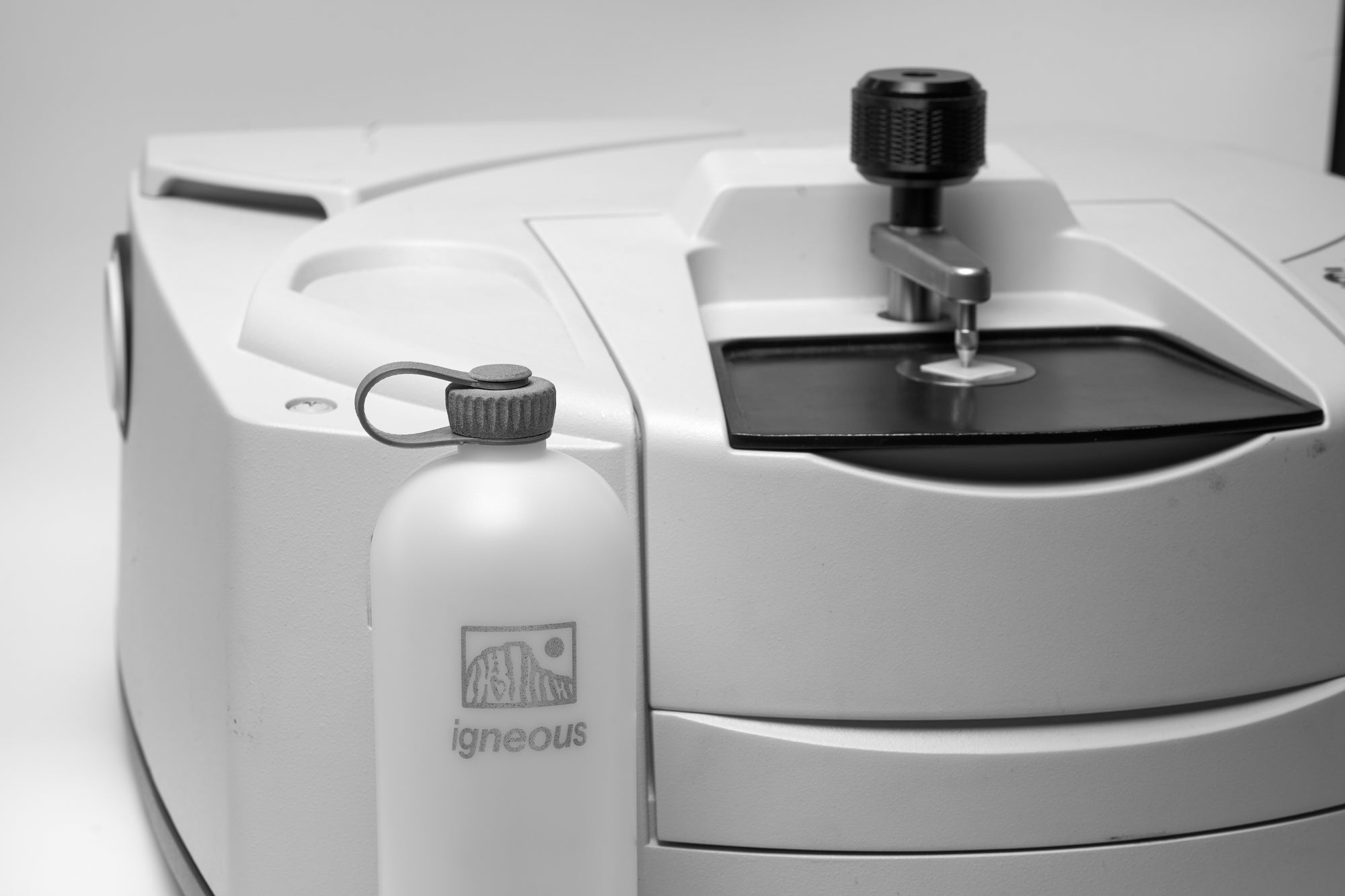When embarking on a long-distance hike, taking care of your feet is paramount. Your feet are your primary mode of transportation, and any injury or discomfort can turn an incredible journey into a painful ordeal. Preventative care is crucial to keep your feet healthy, blister-free, and ready to tackle the miles ahead.
Choose the Right Footwear
Trail Runners vs. Hiking Boots
Most long-distance hikers prefer trail runners over traditional hiking boots. Trail runners are lightweight, breathable, and less likely to cause blisters. They allow your feet to breathe, reducing moisture buildup that can lead to blisters and infections.
Break Them In
Before your big hike, wear your shoes on shorter day hikes to ensure they fit well and won't give you blisters. Gradually increase your hiking distance to simulate the conditions of your long trek. This break-in period helps your feet adjust to the shoes and identifies any potential issues early on.
Invest in Quality Socks
Merino Wool Benefits
High-quality socks made of merino wool are a game-changer. Merino wool is breathable, moisture-wicking, and naturally antimicrobial, reducing the risk of blisters and bacterial buildup.
Darn Tough Socks
A hiker favorite, Darn Tough socks offer durability and comfort. They use premium merino wool and come with a lifetime warranty, making them a reliable choice for long-distance hikes.
Sock Rotation
For hikes longer than four days, bring at least two pairs of socks. Rotating and washing your socks regularly reduces abrasion from dirt and debris and keeps bacterial growth at bay.
Use Gaiters to Keep Debris Out
Prevent Abrasion
Debris like small stones and dirt can get into your shoes and cause friction against your skin. Wearing gaiters helps keep this debris out, minimizing the risk of blisters.
Dirty Girl Gaiters
Many hikers swear by Dirty Girl Gaiters. They're lightweight, compatible with most trail runners and boots, and effectively keep your feet clean and protected.
Address Hotspots Immediately
Recognizing Hotspots
A hotspot is an area on your foot that feels warmer or more sensitive due to excessive rubbing. It's a warning sign that a blister may be forming.
Immediate Action with Leukotape
At the first sign of a hotspot, stop and apply a piece of leukotape to the affected area. This protective layer reduces friction and prevents blisters from developing.
Igneous UL Leukotape Spool
Carry the Igneous UL Leukotape Spool, a lightweight and efficient solution for your medical tape needs. Weighing almost nothing, each spool contains one yard of tape—ideal for weight-conscious hikers who want to be prepared without adding bulk.
Practice Good Foot Hygiene in Camp
Air Out Your Feet
After a long day of hiking, remove your shoes and socks to let your feet breathe. This helps reduce moisture and allows your skin to recover.
Be Cautious When Barefoot
While it's good to let your feet air out, be careful walking around camp barefoot. Small cuts can lead to infections, which can be hike-ending if not treated properly.
Watch Out for Sap
If you're in areas with pine trees, be mindful of sap that can stick to your feet. Sap increases friction and can lead to blisters. Use rubbing alcohol wipes from your first aid kit to remove any stubborn sap residue.
Keep Your Feet Dry and Clean
Moisture Management
Wet feet are more susceptible to blisters and infections. Change into dry socks when possible and use opportunities during breaks to air out your feet.
Sock Maintenance
Regularly washing your socks removes sweat, dirt, and bacteria. Clean socks mean healthier feet.
Conclusion
Foot care is essential for a successful and enjoyable long-distance hike. By taking proactive measures—choosing the right footwear, investing in quality socks, using gaiters, addressing hotspots immediately, and maintaining good foot hygiene—you can prevent many common foot problems.
Equip yourself with the Igneous UL Leukotape Spool to handle hotspots efficiently. It's a practical addition to your pack that can make a significant difference in your hiking experience.
Remember, happy feet make for a happy hiker. Take care of them, and they'll carry you further than you ever thought possible.



